How To Make Your Own 3d Printed Raspberry Pi Cases
About the project
This project outlines the steps to make your own Raspberry Pi case using a 3D printer
Project info
Difficulty: Easy
Estimated time: 3 hours
License: GNU General Public License, version 3 or later (GPL3+)
Story
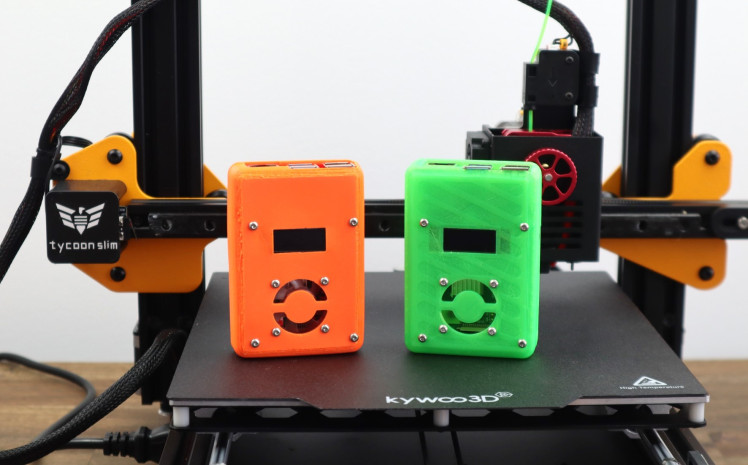
Instructions
How to make your own 3D Printed Raspberry Pi cases
There are many benefits to using a Raspberry Pi case. It can help protect your Raspberry Pi from damage, and keep your Raspberry Pi cool, which is essential for proper functioning. The case can help give your Raspberry Pi a professional look, and also make it easier to transport your Raspberry Pi.
Raspberry Pi cases are available in a wide variety of styles, colors, and materials. Whether you're looking for a basic case or something more flashy, there's sure to be a case to suit your needs. Some cases even come with built-in cooling fans, making them ideal for use in a hot environment.
3D printers are a great way to make your own custom cases for your Raspberry Pi. You can find many different designs online, or design your own. 3D printing is a great way to get creative and make something unique for your Pi. This article is a guide on how to make your own 3D-printed Raspberry Pi cases!
There are a few things to keep in mind when designing a Raspberry Pi case using 3D Printers.
Making Your Own 3D Printed Raspberry Pi Case is Worth It
It is clear that 3D designing the Raspberry Pi Case is a great way to improve the functionality and look of your Raspberry Pi. By following the simple steps in this guide, you can easily create a custom case that will make your Raspberry Pi stand out from the crowd.
The Raspberry Pi case is a great way to protect your investment and keep your Pi running smoothly. By 3D printing your own case, you can customize it to fit your needs and style. Plus, you can be sure that your Pi will be well-protected against the elements.
3D Printing Your Case
Once you have your design and material, it's time to start printing. You'll need to use a 3D printer, of course, and there are a few things you need to keep in mind. First, you'll need to make sure your printer is properly calibrated. Second, you'll need to choose the right settings for your material. PLA, for example, should be printed at a lower temperature than ABS.
The next thing you need to do is to orient your model in the right way. The best way to do this is to think about how you want your finished print to look. You'll need to make sure that your model is oriented so that it can be printed without any support. Supports are pieces of material that are used to prop up parts of your model that would otherwise be unsupported. They can be a pain to remove, so it's best to avoid them if you can.
Once you have your model oriented correctly, the next step is to generate your support structures. This is a vital step, as supports are necessary for printing complex models.
If everything goes well, you should end up with a beautiful 3D-printed Raspberry Pi case. If not, don't worry, there are plenty of resources out there to help you troubleshoot any issues you might have.
Once your model is sliced, you are ready to start printing! We recommend printing at a resolution of 0.2mm or lower. This will give you the best results. We also recommend printing with support enabled. This will help to prevent your case from warping during the printing process.
Once your case is printed, you will need to remove the supports and then assemble your case.
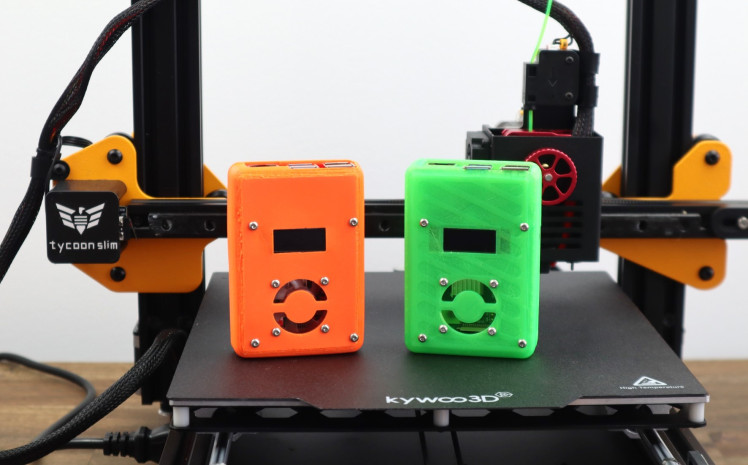
Designing Your Case
There are plenty of great designs out there, or you can even create your own. Designing your own 3D-printed Raspberry Pi cases can be a fun and rewarding experience. There are a few things to consider when designing your cases, such as the size and shape of the Raspberry Pi, the number of ports you need to access, and the overall look and feel of the case.
There are many different ways to design a case for the Raspberry Pi. The most important factor to consider is the level of protection that is required. For example, if the Raspberry Pi will be used in a project that requires it to be moved around often, a sturdier case may be necessary.
Once the material has been chosen, the next step is to decide on the dimensions of the case. The size of the case will be determined by the size of the Raspberry Pi itself, as well as the number of components that need to be housed inside.
The following should be taken into consideration:
- Size - The size of your case will depend on the size of your Raspberry Pi. If you are using a Raspberry Pi 3 Model B+, you will need a case that is at least 85mm x 56mm x 21mm.
- Material - The material you choose for your case will affect both the look and the durability of your case. Common materials for cases include wood, plastic, and metal.
- Color - The color of your case can be anything you want, but there are a few things to keep in mind. If you want your case to stand out, choose a bright color. If you want your case to blend in, choose a neutral color.
Once you have considered these factors, you are ready to start designing your Raspberry Pi case.
Selecting a 3D Printer
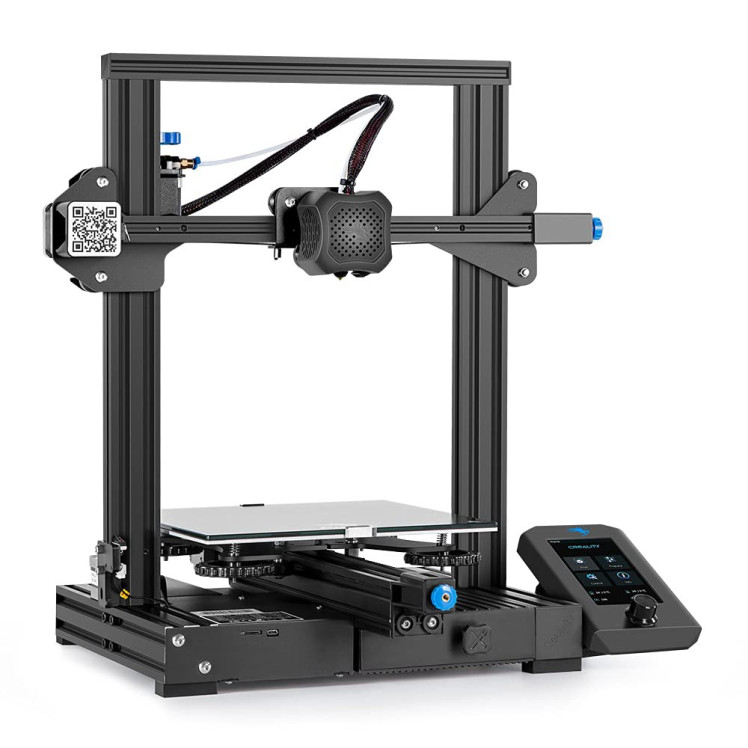
With the vast majority of 3D printers on the market today, it can be tough to choose the right one for your needs. Here are a few things to keep in mind when selecting a 3D printer to make Raspberry Pi cases:
- The quality of the print. When it comes to 3D printing, you want to make sure that the printer you select is able to produce high-quality prints. This means that the printer should have a high resolution and be able to print with a variety of different materials.
- The size of the printer. Another important factor to consider is the size of the printer. You'll need to make sure that the printer you select is large enough to accommodate the size of the Raspberry Pi case you want to print.
- The price. Of course, you'll also need to consider the price of the printer. 3D printers can range in price from a few hundred dollars to a few thousand dollars. You'll need to decide how much you're willing to spend on a printer before making your purchase.
- The features. When it comes to 3D printers, there are a variety of different features that you may want to consider. Some printers come with built-in.
- Finally, you'll need to think about the resolution of the printer. This is the level of detail that the printer can recreate, and it's important to make sure that the printer you choose can produce the level of detail you need.
With these factors in mind, you should be able to narrow down your choices and find the perfect 3D printer for your needs.


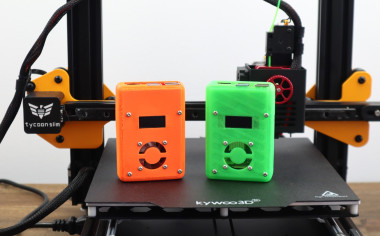



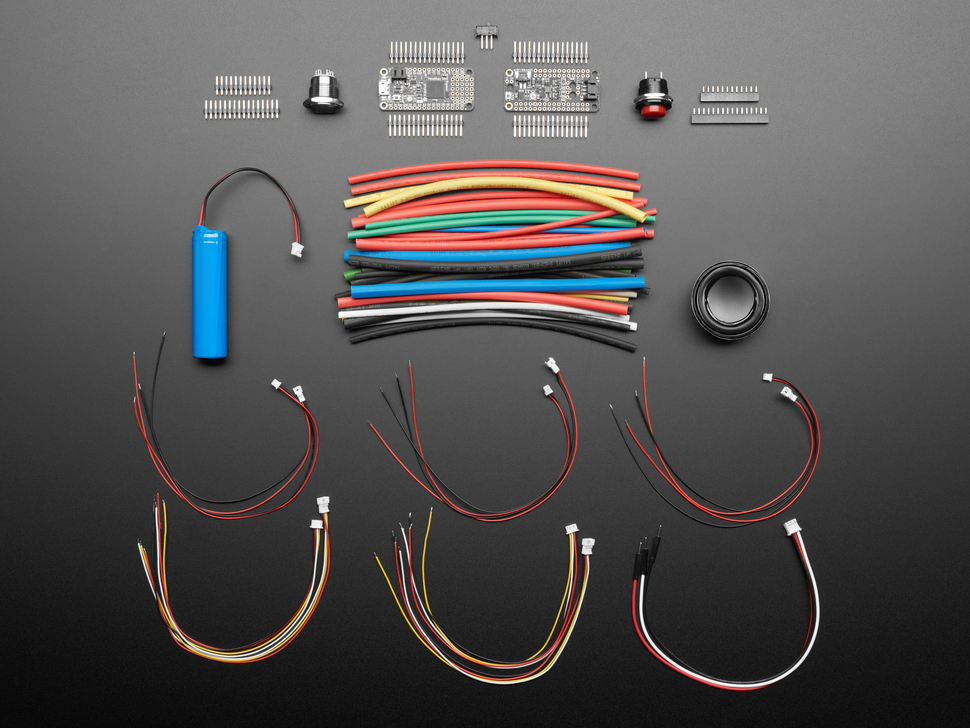



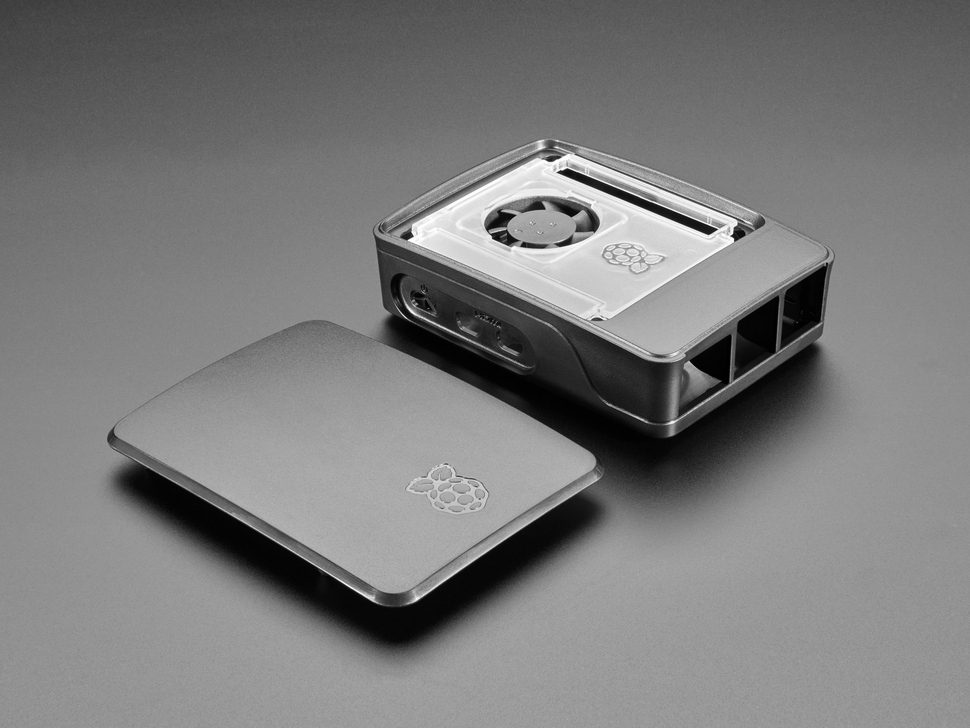
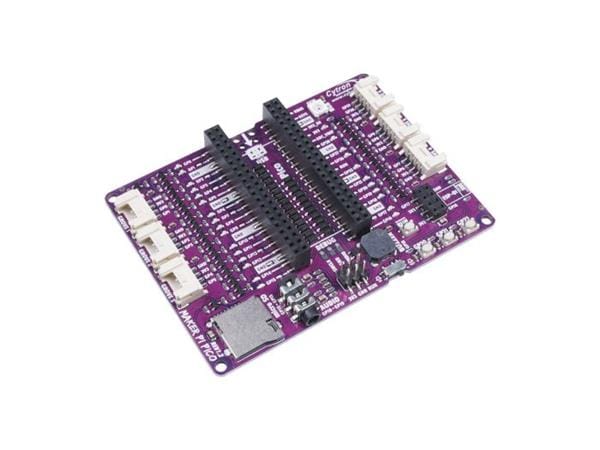
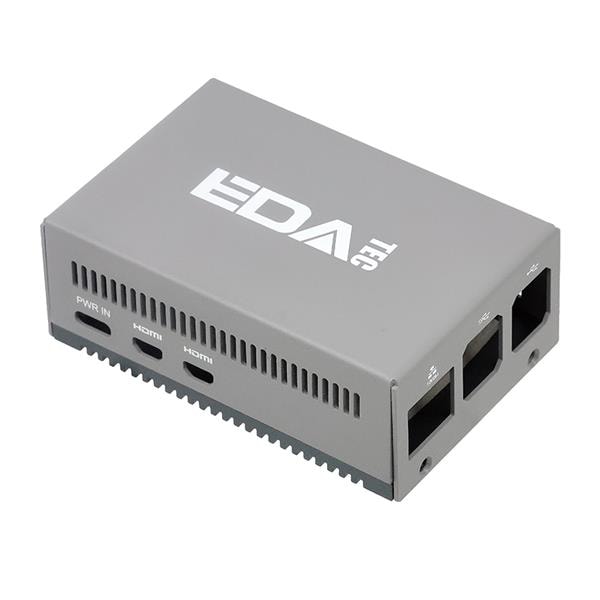
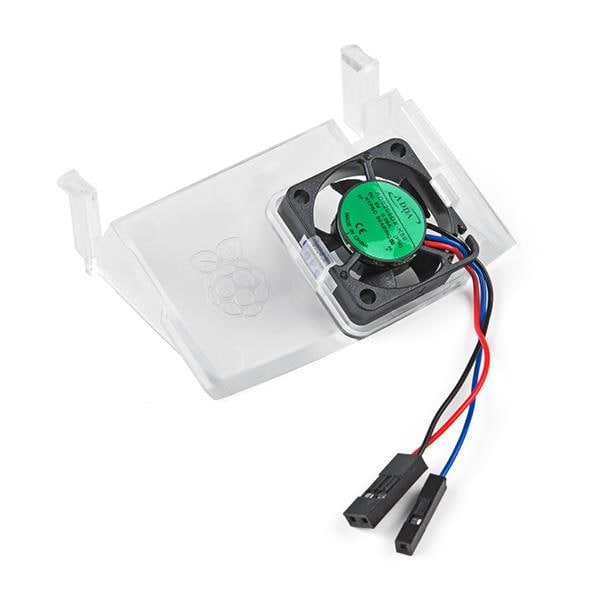
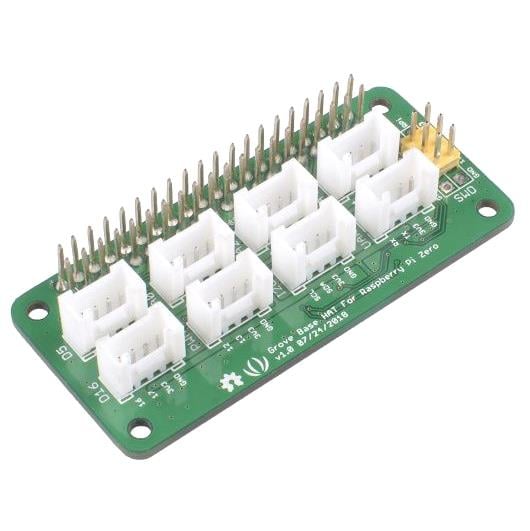
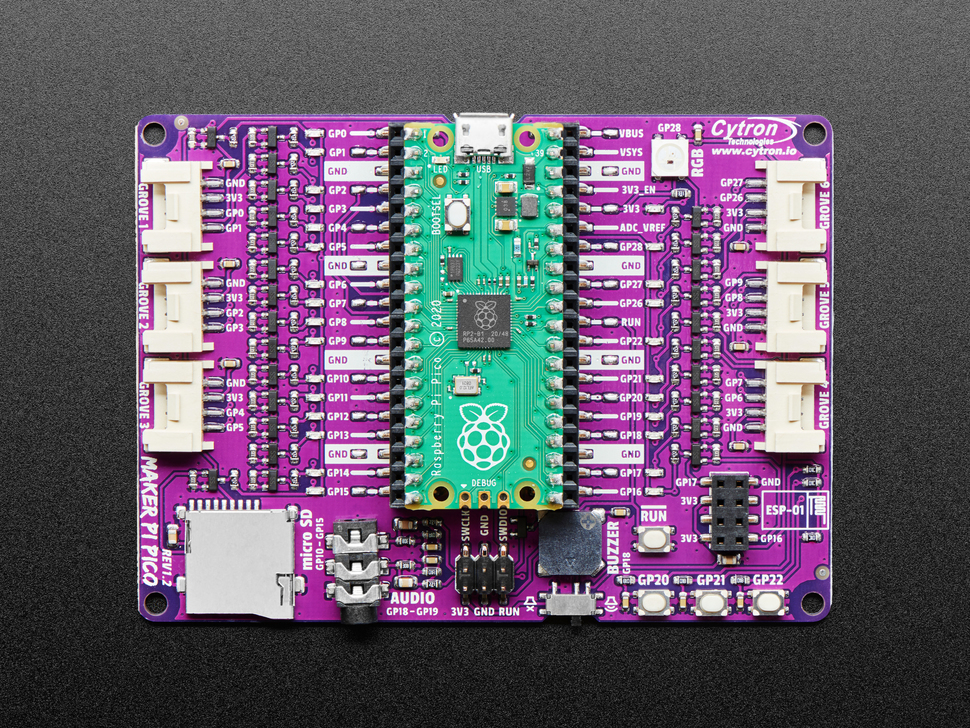
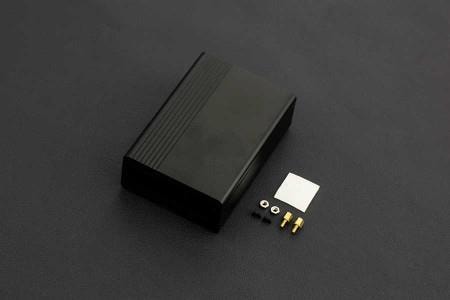
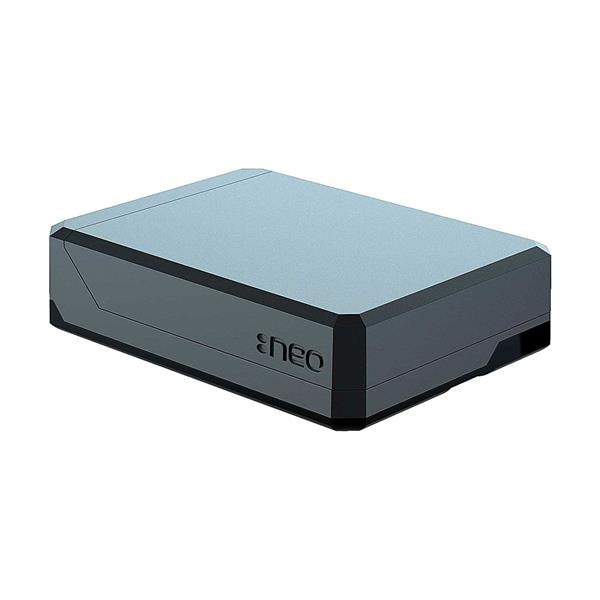
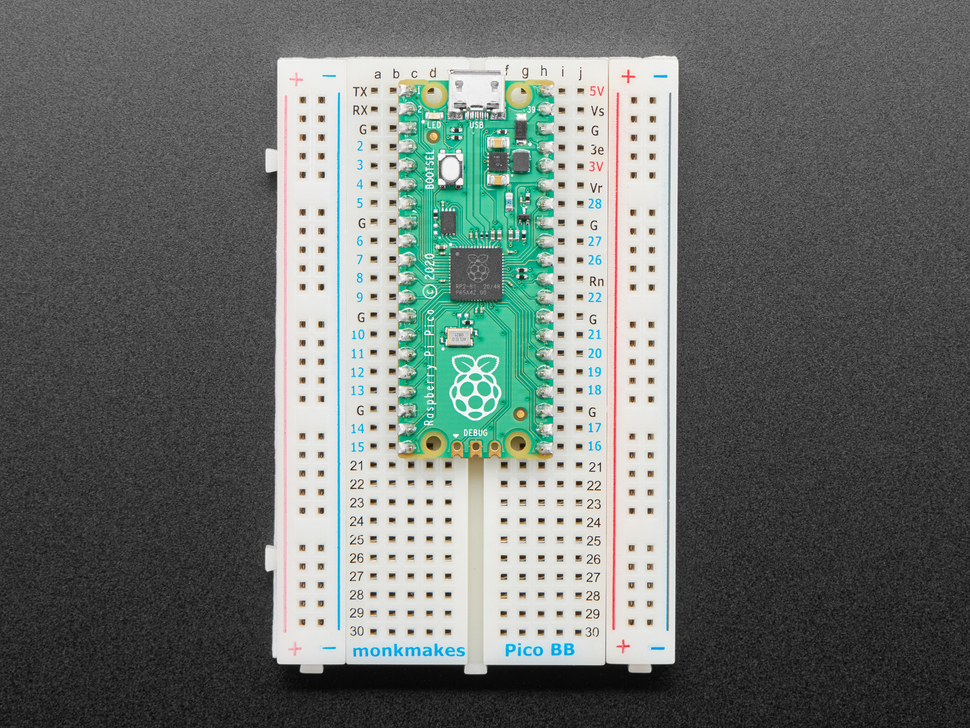

Leave your feedback...